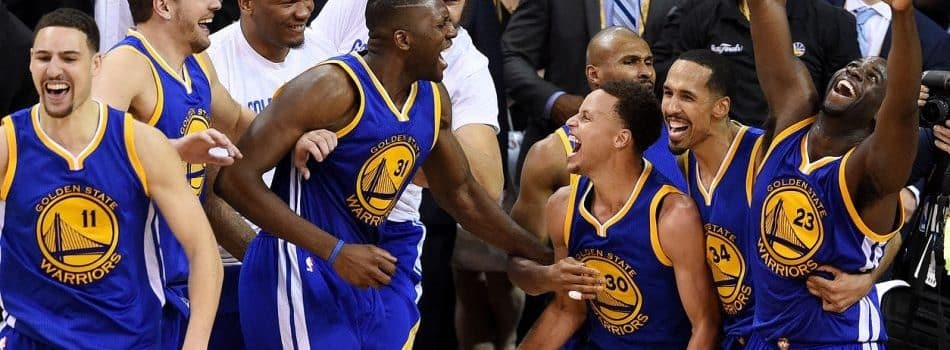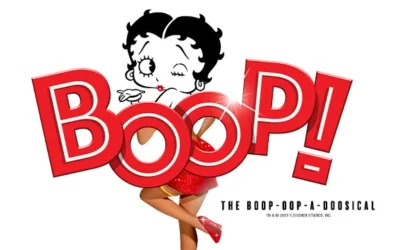San Francisco officials rejected the Golden State Warriors plan to open the season allowing up to 50 percent capacity at Chase Center, deeming the plan too risky as COVID cases spike across the country. The team had plans to use rapid PCR COVID tests to screen fans on their way in, but the city health commissioner Dr. Tomas Aragon would not sign off.
The 2020-21 NBA season is set to open on December 22, with plans for a 72-game regular season played at home arenas. The 2019-20 season, brought to an abrupt halt in March by the rapid escalation of the pandemic, finished by playing out its schedule and playoffs in Orlando using a “bubble” format.
In its plans to open safely, Golden State pitched the idea of providing home testing kits for season ticket members. Prior to each game, they would submit their sample for testing, and receive a result prior to leaving the house before a game. Onsite testing would be available for non season ticket holders, such as consumers purchasing tickets through secondary markets. Similar thoughts have been put out by other event organizers, with Wynn Resorts planning an onsite testing lab for Las Vegas.
“They’d have the answer back before they left their house. And so for a handful of people who would show up at the gate, who were given tickets or who got them through StubHub or something, they would have on site testing for that. But you don’t want to create those really long lines, you want to be able to bring the largest number of people in right away and not have them backed up outside,” says Dr. George Rutherford, a UCSF epidemiologist who worked with the team on the proposed plan.
Case rates in San Francisco have skyrocketed in recent weeks, causing pauses on existing reopening plans and a pullback from some sectors that had already been reopened. That reality was behind the decision not to allow the Warriors to open as hoped for the time being, though Rutherford said the team was informed an opening at 25 percent capacity would be considered once the spike subsides.
“The science is dependent on having a relatively low rate on the outside; that actually adds an extra additional layer of protection. With the surging rates on the outside, it was Dr. Aragon’s judgement – and I don’t disagree with it – that this wasn’t the right time,” he said. “They haven’t said no forever and ever, they’ve said no for right now. At least that’s my understanding. So I think we may be able to come back as we turn the corner on the curve.”




